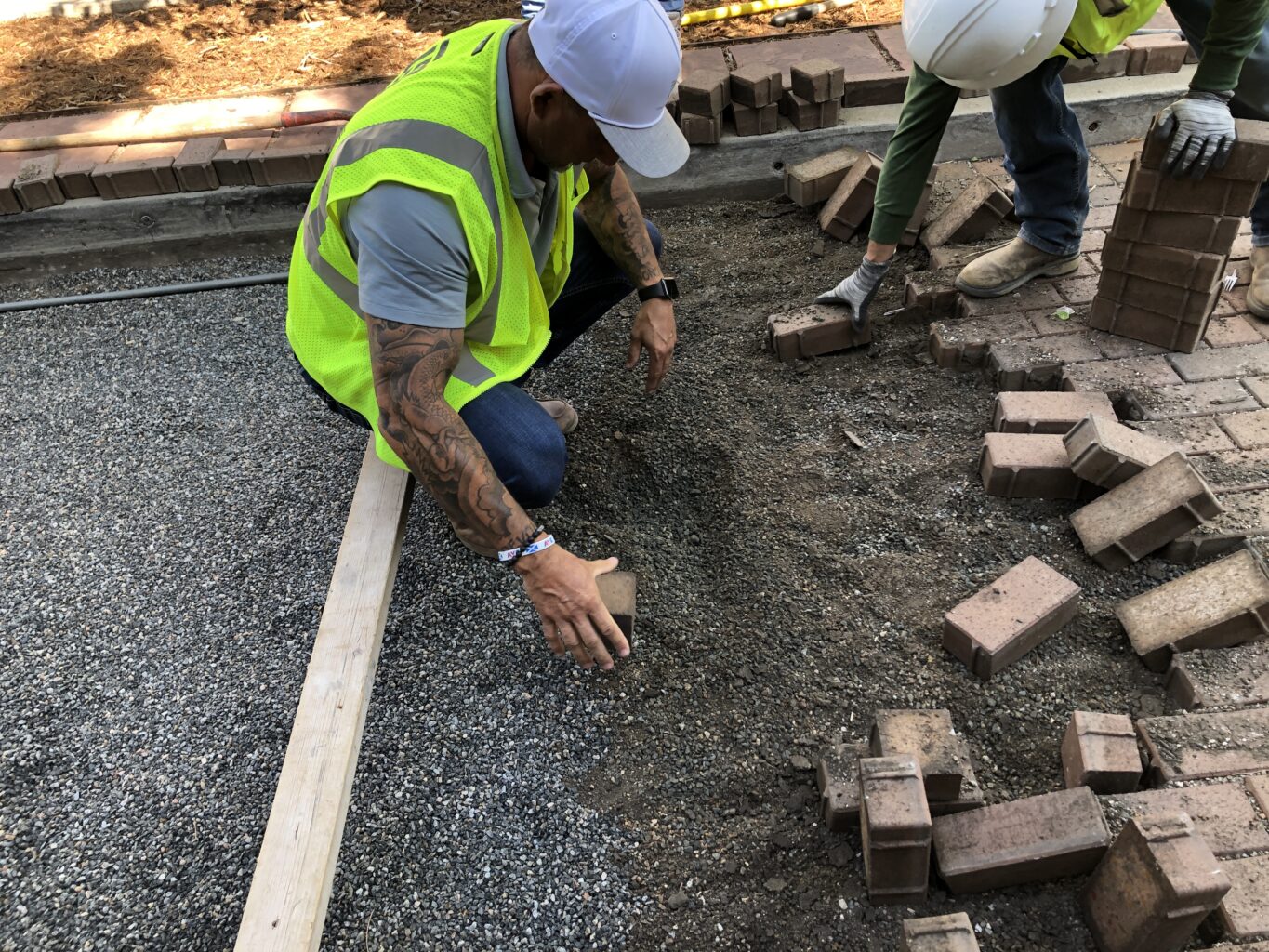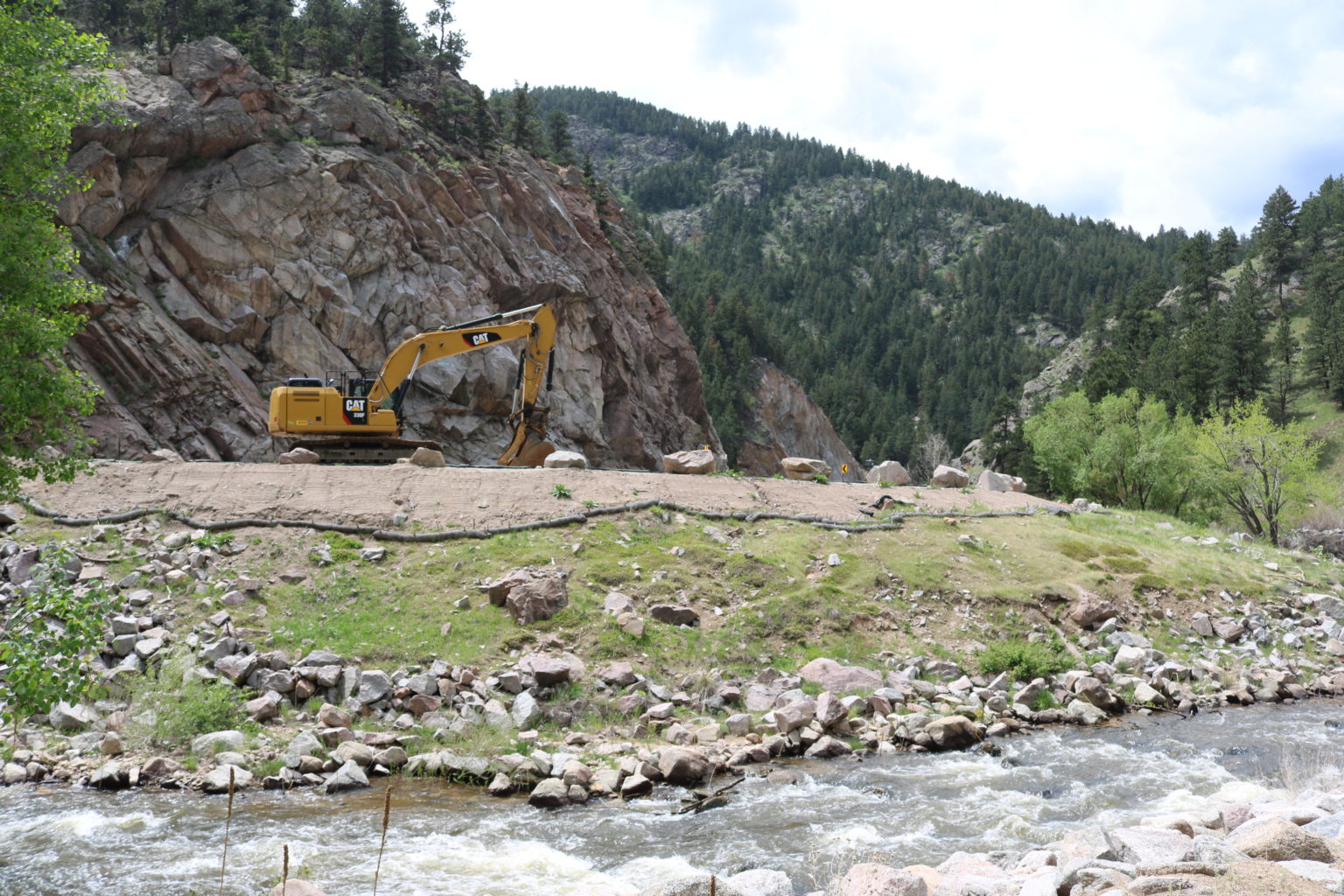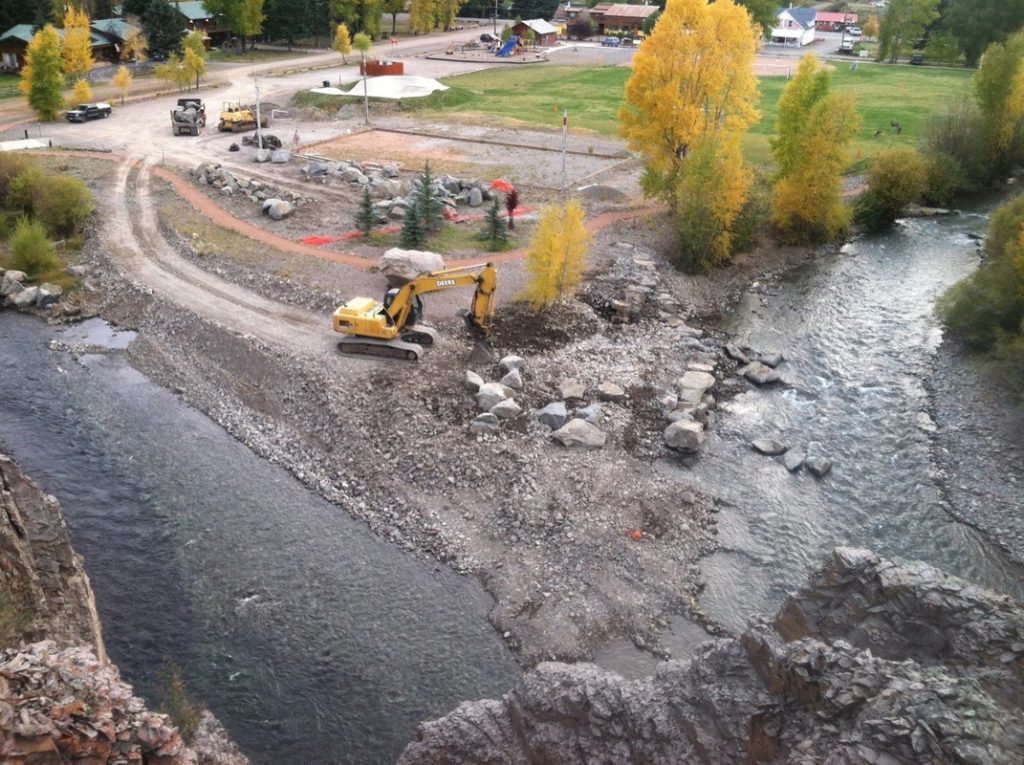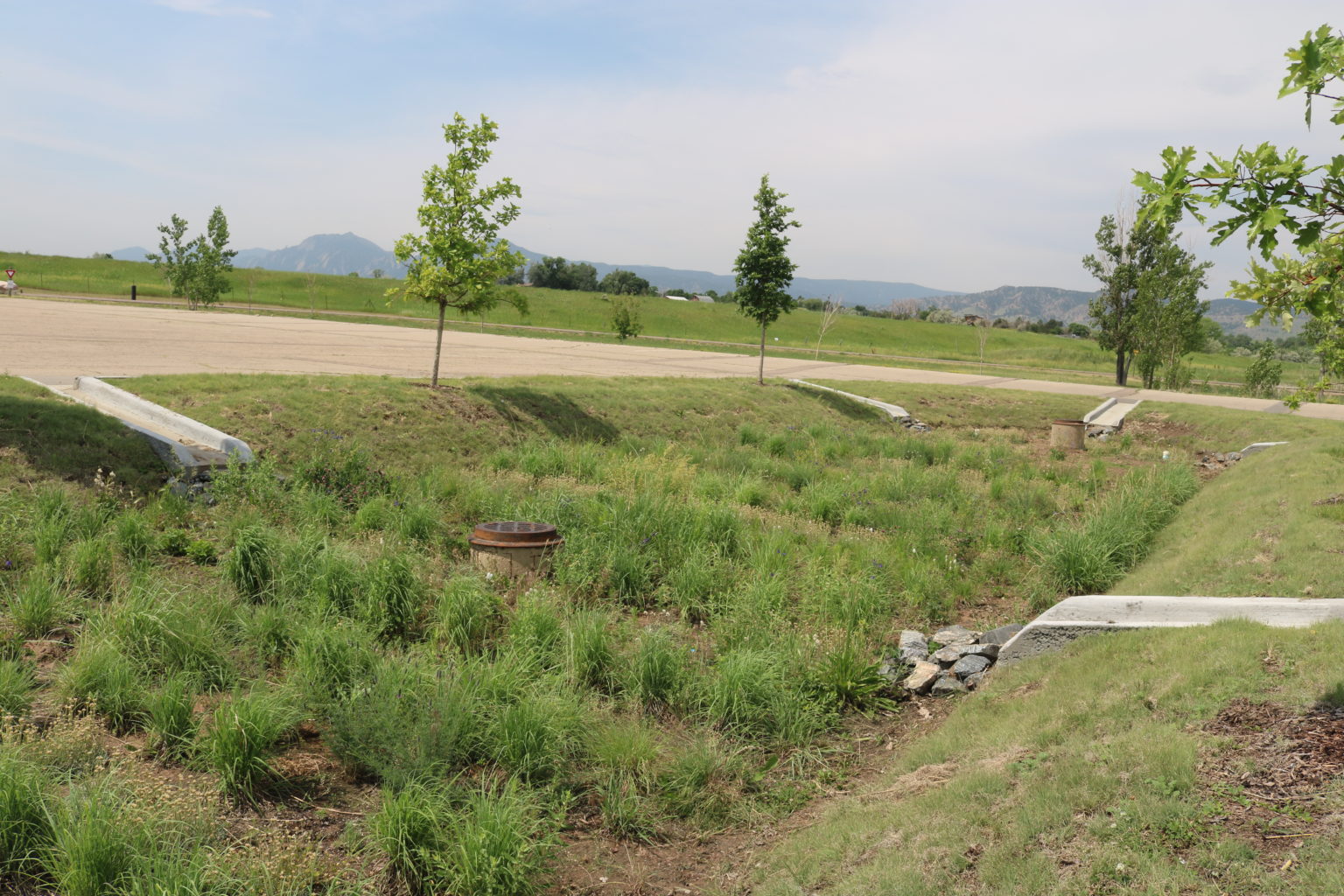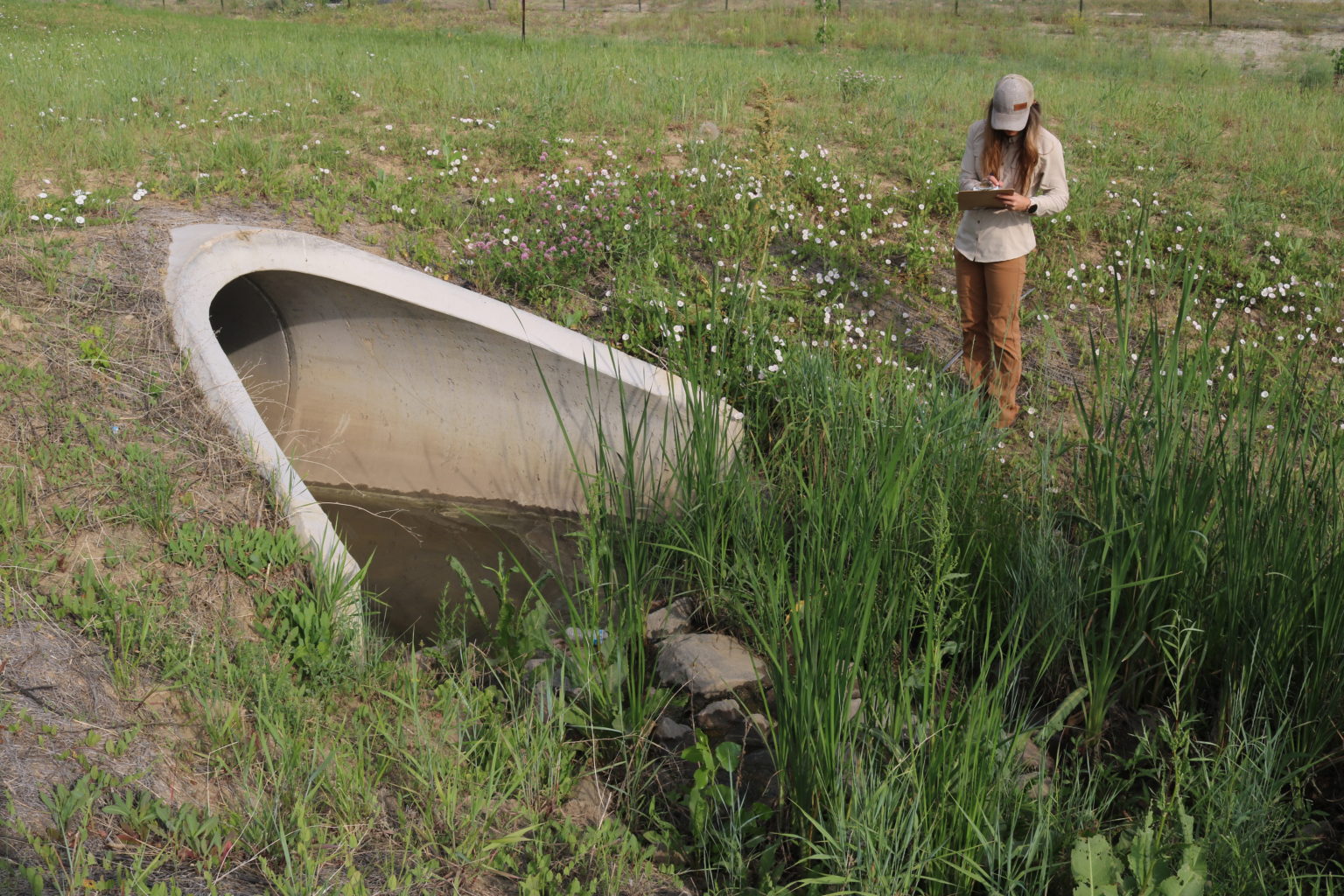What is Low Impact Development (LID)?
The literature is full of terms such as “Smart Growth”, “Low Impact Development”, and “Sustainable Development.” All of these terms refer to stormwater management practices that promote the reduction of runoff volume from urban areas.
The goal of LID is to allow for development of a site while maintaining as much of its natural hydrology as possible, such as infiltration, frequency and volume of discharges, and groundwater recharge.
In the LID approach, stormwater is managed in small, source control landscape features rather than in large, end-of-pipe pond structures located at the downstream extent of drainage areas. However, ponds may be required in addition to LID to create a “treatment train” effect. Through LID, hydrologic functions such as infiltration, peak and volume of discharges, and ground water recharge can be maintained with the use of reduced impervious surfaces, functional grading, open channel sections, disconnection and utilization of runoff, and the use of bioretention/filtration landscape areas.
With the LID approach, receiving waters experience little change in the volume, frequency, or quality of runoff or in the base flows fed by groundwater.
